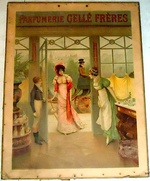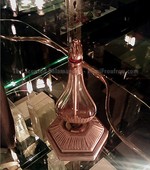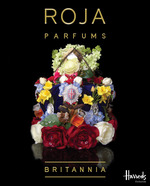Guerlain Vague Souvenir (1912) & Rochas Femme (1943-1945): A Note on Perfume History
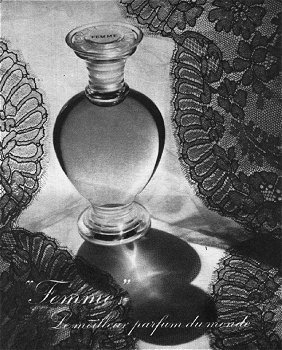
The dominant interpretation, that I am aware of, regarding the origins of the celebrated Femme by Rochas composed by perfumer Edmond Roudnitska (1905-1996) has been one reported by Michael Edwards in Perfume Legends (1996). Last summer, I came across the summary of a very interesting conversation that took place over a business luncheon one day between Stanley Marcus of Neiman Marcus and Armand Petitjean, the founder of Lancôme. The latter drew a panorama of French perfumery for his colleague and at the same time interjected some precise footnotes toward his interlocutor's understanding of certain perfumes. The conversation is condensed into a 2-page summary in Marcus's well-written account of his single-minded obsession for the search of quality goods entitled Quest for the Best.
What immediately caught my attention was the mention of a link that I have not seen mentioned elsewhere between a Guerlain perfume called Vague Souvenir (1912) and the much more enduring one Femme de Rochas (1944), still in production today under its officially reformulated form by Olivier Cresp in 1989. What is even more interesting is that both accounts put central emphasis on the fruity aspect of Femme and Vague Souvenir, based on a plummy molecule and peachy aldehyde C-14 for Femme. The first one is showcased in the story told by Edmond Roudnistka to Michael Edwards. In Perfume Legends, this reportedly "unusual methyl-ionone" was found by Roudnitska in the factory in which he worked at the time. He wanted to compose a perfume for himself, it was the war and the perfumer was in the habit at that time of exploring whatever left-over materials he could find within the premises. He happened in this manner on a drum that contained a product with a very peculiar aroma reminiscent to him of candied plum...
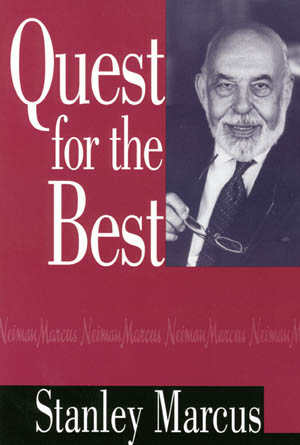
Edwards writes about the methyl-ionone " Edmond Roudnitska discovered this aromatic jewel never before used in a perfume at the factory where he was working (my own translation from the French text Parfums de légende, whose orignal text is in English). Roudnitska himself adds the information that "this product had aged there maybe for twenty to thirty years, under rain and sunshine."
In other words we are told about the discovery of a pristine material, untouched by the hand of a perfumer till that day, sometime in 1943. Luck and discernment combine to give this material the aura of a key and original source of inspiration for Roudnitska. Femme, we are told, was thus constructed around this plum note, enriched with oakmoss and peach. It is of interest to note that the lineage existing between another Guerlain perfume and Femme is rather obvious on the empirical intuitive level even if you do not know that both contain the peachy Gamma-Undecalactone or Aldehyde C-14 and that is the kinship existing between Femme (1943-1945) and Mitsouko (1919), both being lush fruity chypres with a stewed-fruit quality to them. It therefore prepares us to accept more readily the idea that at yet another level Roudnistka might have drawn inspiration from the fruitiness of Guerlain Vague Souvenir as well, but he did not tell. Or if Roudnitska was not aware of the existence of Vague Souvenir (1912) which was launched when he was 7 and apparently discontinued due to its lack of success, that he somehow happened on a line of inspiration from the house of Guerlain that had been explored in different fruity perfumes of theirs, the most famous one being Mitsouko, which he was most certainly aware of. Before Mitsouko and after Vague Souvenir, Aldehyde C-14 was reportedly used in Parfums de Rosine Nuit de Chine by Maurice Schaller in 1913.
At any rate, it is worthwhile to know that for Armand Petitjean as well as for different persons at the time, Femme was perceived to have successfully used "...a fruit aldehyde previously introduced by Guerlain in Vague Souvenir without success." This was said in the context of a discussion on perfumers who possess the quality of being leaders as in Petitjean's mind that was the attribute that made a critical difference between equally skilled perfumers, and the industry seemed to be full of the latter type.
On this note ends the report of the insiders' conversation. Stanley Marcus nevertheless wanted to make sure Armand Petitjean had offered him accurate facts. He writes "Thus ended Mr. Petitjean's analysis, which I had later corroborated by my old friends Gregory Thomas and Dick Salomon, formerly heads, respectively, of Chanel U.S.A. and Lanvin-Charles-of-the-Ritz."
I have not smelled Vague Souvenir but would be delighted to have the opportunity to do so one day in light of this intriguing conversation.







